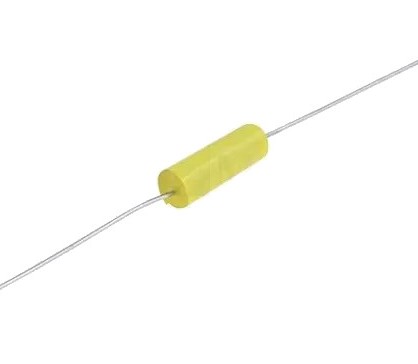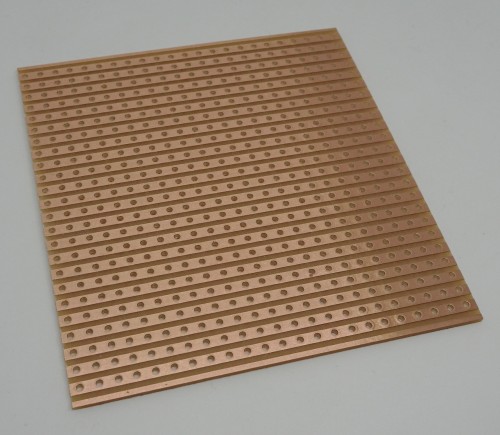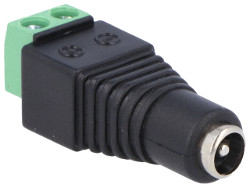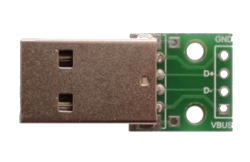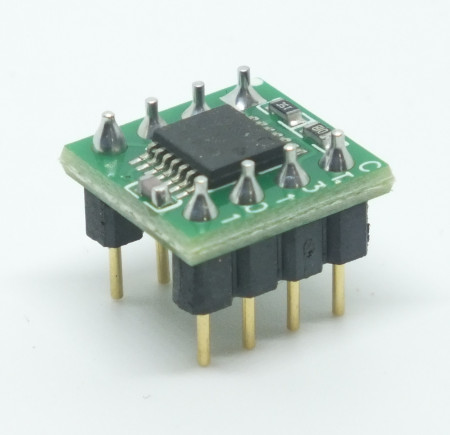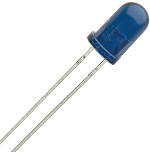Categories
- Bargain Corner
- Batteries & Holders->
- Cable/Wire->
- Capacitors->
- Circuit Protection->
- Component Kits->
- Connectors & Leads->
- Crystals & Resonators
- Data Cables
- Electrical
- Enclosures->
- Fans
- Gift Certificates
- Hardware->
- Inductors->
- Maker Modules
- Motors
- Optoelectronics->
- Potentiometers->
- Project Kits->
- Relays & Solenoids
- Resistors->
- Semicon. Hardware->
- Semiconductors->
- Sensors & Transducers->
- STEM Kits
- Storage->
- Switches->
- Tools->
- Transformers & Power Supplies->
- New Products ...
- Featured Products ...
- All Products ...
Flame Sensor with Arduino Uno
Flame sensor with the Arduino
The following example uses the digital output from the sensor connected to pin D10 on the Uno. On detection of a flame in infrared spectrum the output from the sensor goes low and an alarm sounds. The alarm sound is from a piezo transducer connected between pins D8 & D9.
/* Detect a flame using IR flame sensor and sound an alarm.
*/
const int sounder_A = 8; //sounder port definitions.
const int sounder_B = 9;
const int sensor = 10; //flame sensor port.
bool flame = 1; //variable to hold the sensor state. The sensor is active
//low, so initialised high.
void setup()
{
pinMode(sounder_A, OUTPUT); //connect the piezo across two ports
pinMode(sounder_B, OUTPUT); //to double the signal amplitude.
pinMode(sensor, INPUT); //initialise the flame sensor input.
}
// Call function with parameters - duration in mSecs, freq in Hz
void beep(long duration, int freq) {
duration *= 1000; //convert the duration to microseconds
int period 1.0 / freq) * 1000000; //get the oscillation period in microseconds
long elapsed_time = 0;
while (elapsed_time < duration) {
digitalWrite(sounder_A, HIGH); //Piezo ports go hi/lo then lo/hi
digitalWrite(sounder_B, LOW); //to generate the tone
delayMicroseconds(period / 2);
digitalWrite(sounder_A, LOW);
digitalWrite(sounder_B, HIGH);
delayMicroseconds(period / 2);
elapsed_time +period);
}
digitalWrite(sounder_A, LOW); //kill the output
digitalWrite(sounder_B, LOW);
}
void loop()
{
flame = digitalRead(sensor);
if (!flame){
for(int i=0; i<5; i++){
beep(500, 4000);
delay(500);
}
}
}
Your IP Address is: 216.73.216.147

